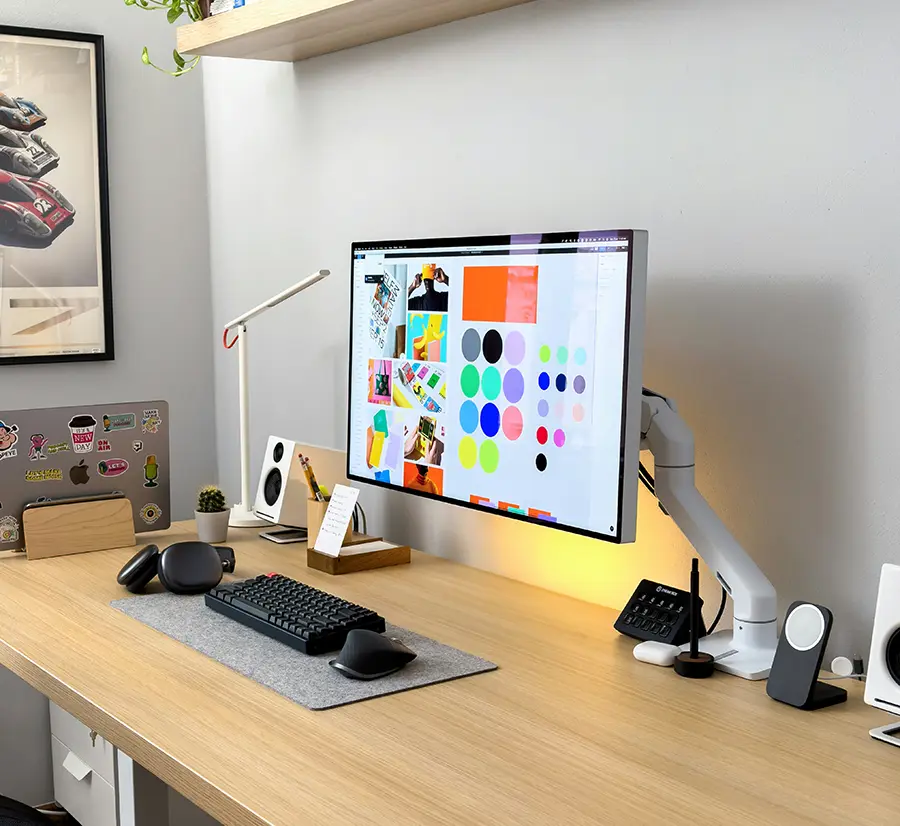Luxury has always been defined by scarcity, craftsmanship, and reputation. But in today’s world, those qualities are often first encountered not in a boutique, but on a screen. Whether through a website, a mobile platform, or a digital campaign, luxury brands now rely on digital environments to create the same sense of desire once evoked by physical exclusivity.
The Shift to Digital-First Luxury
For many customers, the first interaction with a brand is no longer a shop window or a printed campaign, but a homepage or Instagram feed. If that first impression feels ordinary, the brand’s aura of exclusivity risks collapsing. This is why digital has become central to luxury branding. It is no longer just a sales channel – it is the stage on which reputation is built.
Design Signals That Convey Value
Luxury digital branding demands different design signals than mainstream commerce. While mass-market platforms often push for volume, speed, and visual noise, luxury must do the opposite. Editorial pacing, considered typography, subtle animation, and crafted imagery all work together to slow the experience down. The aim is not simply to transact, but to immerse the visitor in a brand world that feels precious and intentional.
A well-executed luxury digital branding approach does more than make a site attractive. It communicates value in every detail — from the weight of a font to the motion of a transition. When the experience feels elevated, customers instinctively believe the product or service will match that quality.
Consistency Across Touchpoints
Another challenge is consistency. Luxury cannot afford a disjointed digital ecosystem where websites, social channels, and campaigns look unrelated. Each platform must feel like part of the same carefully designed identity. This is where strategy is as important as design craft. Without a clear strategic framework, digital activity risks becoming fragmented, undermining the aura of refinement that customers expect.
Customer Psychology and Perception
Digital branding does more than shape visual impressions; it influences psychology. A clumsy interface or inconsistent identity can create hesitation, which in luxury often translates into lost trust. Conversely, a seamless, elegant experience builds confidence before a single product is seen in person. Investors, collaborators, and press outlets also draw conclusions from a brand’s digital presence. A polished, coherent system signals ambition and seriousness, while a poorly maintained one raises doubts.
From Craft to Code
Luxury brands have always invested in detail: the finish of a material, the stitching of a garment, the weight of packaging. In the digital world, those same principles apply — but through code and pixels. Precision in interface design, the quality of photography, and the elegance of micro-interactions all stand in for craftsmanship. Done well, they translate the heritage of luxury into the digital present.
The Future of Digital Luxury
Looking ahead, technologies like augmented reality, immersive retail, and personalised online services will further shape luxury experiences. Yet the brands that succeed will be those that remember a simple truth: technology is a tool, not the identity itself. What matters is how it extends and reinforces the brand world.
At SUM, we believe digital is not separate from luxury branding but part of its evolution. Our work begins with strategy, then flows into crafted identities designed to thrive in both physical and digital arenas. For founders and established houses alike, this combination of clarity and craft is what sustains desirability.
The future of luxury is digital – but it will always be defined by branding. And when built on the foundations of SUM luxury branding, those digital expressions become more than interfaces. They become the new stage for timeless values.





